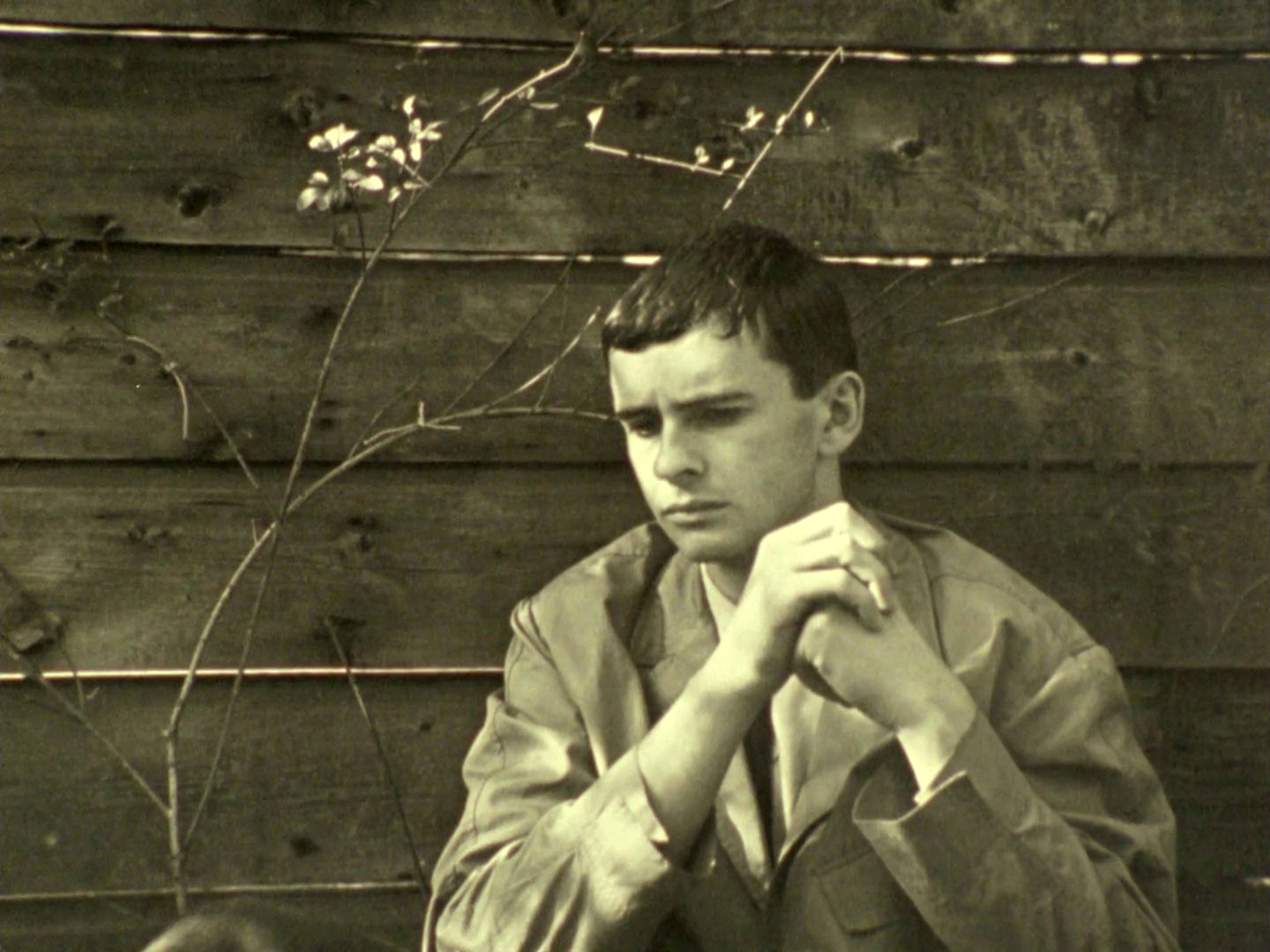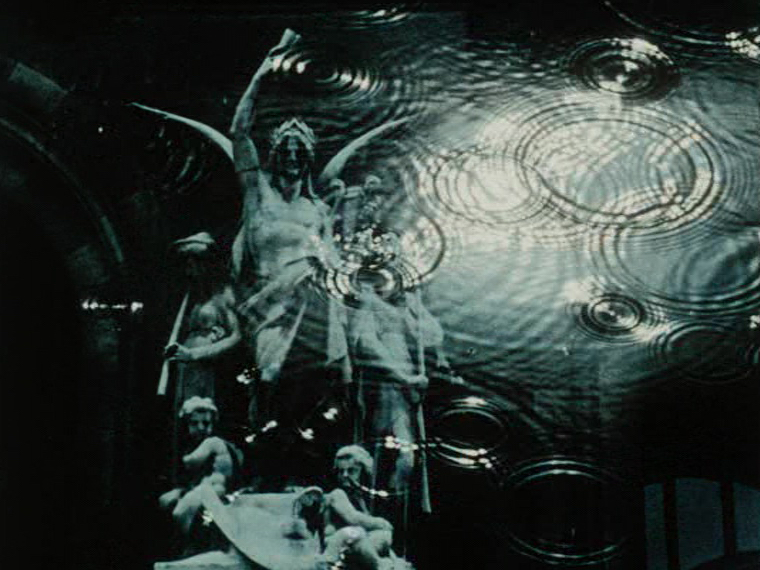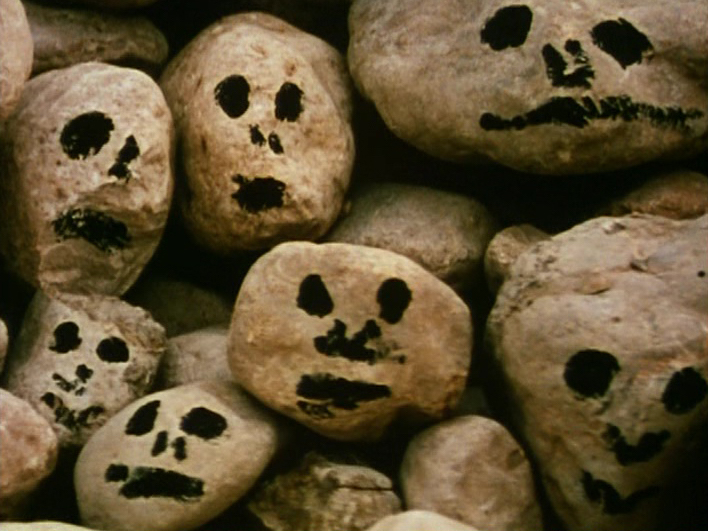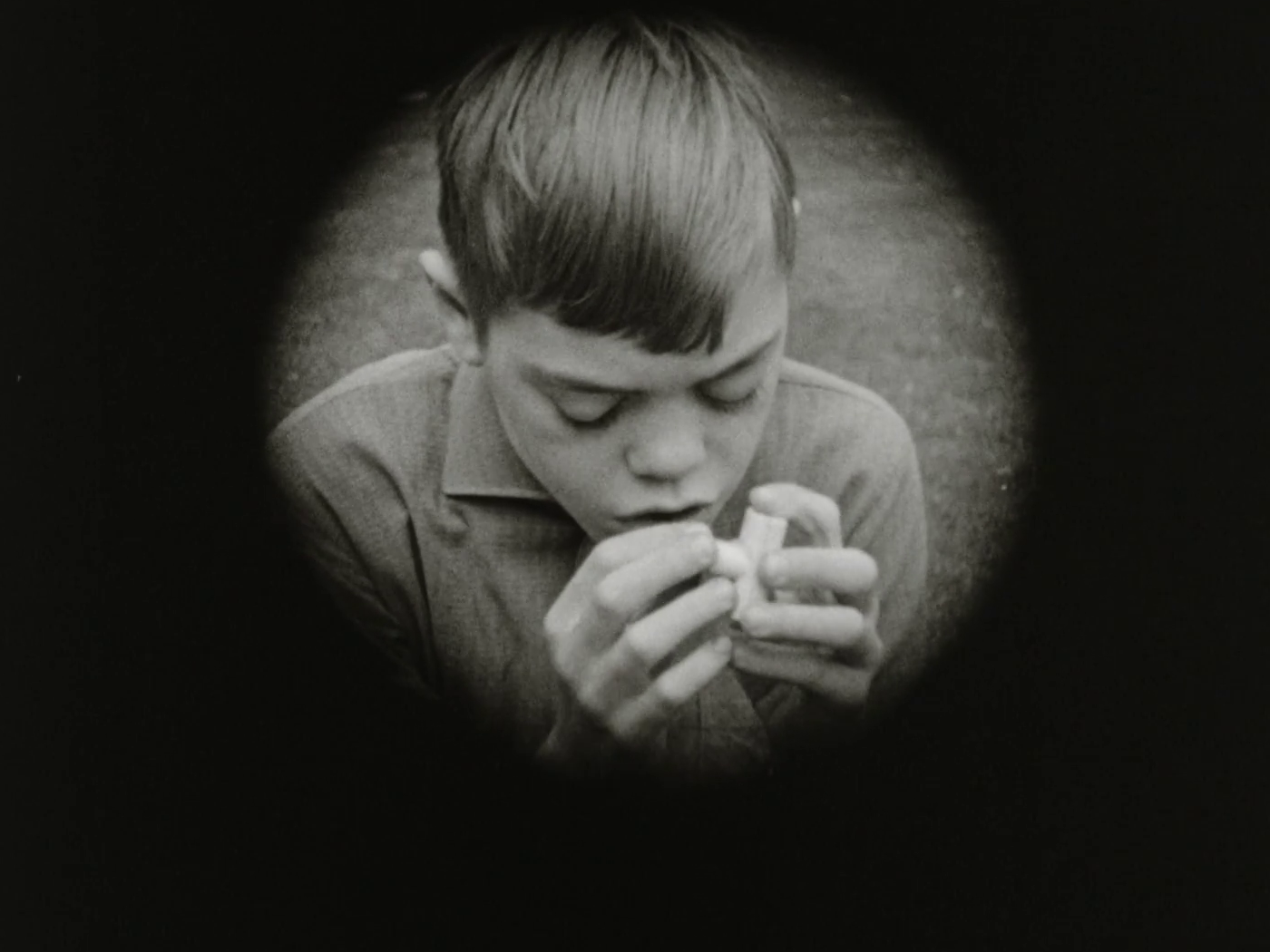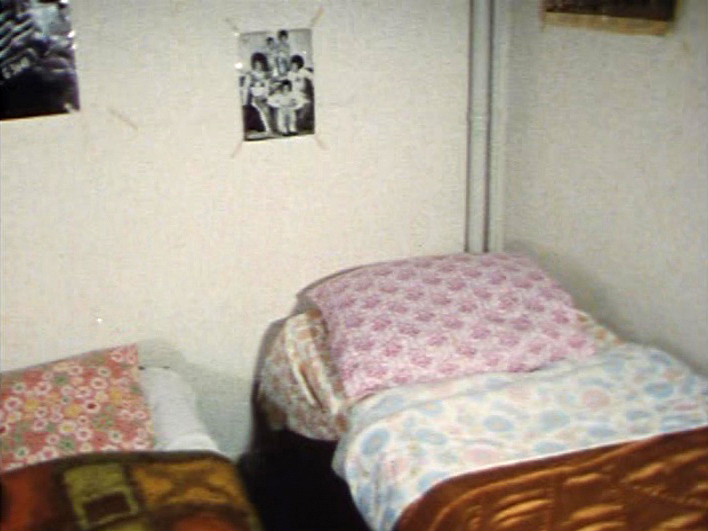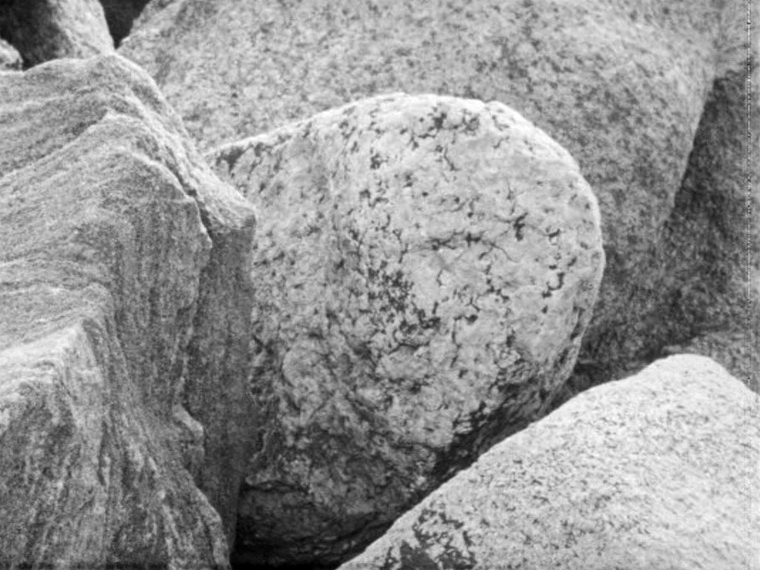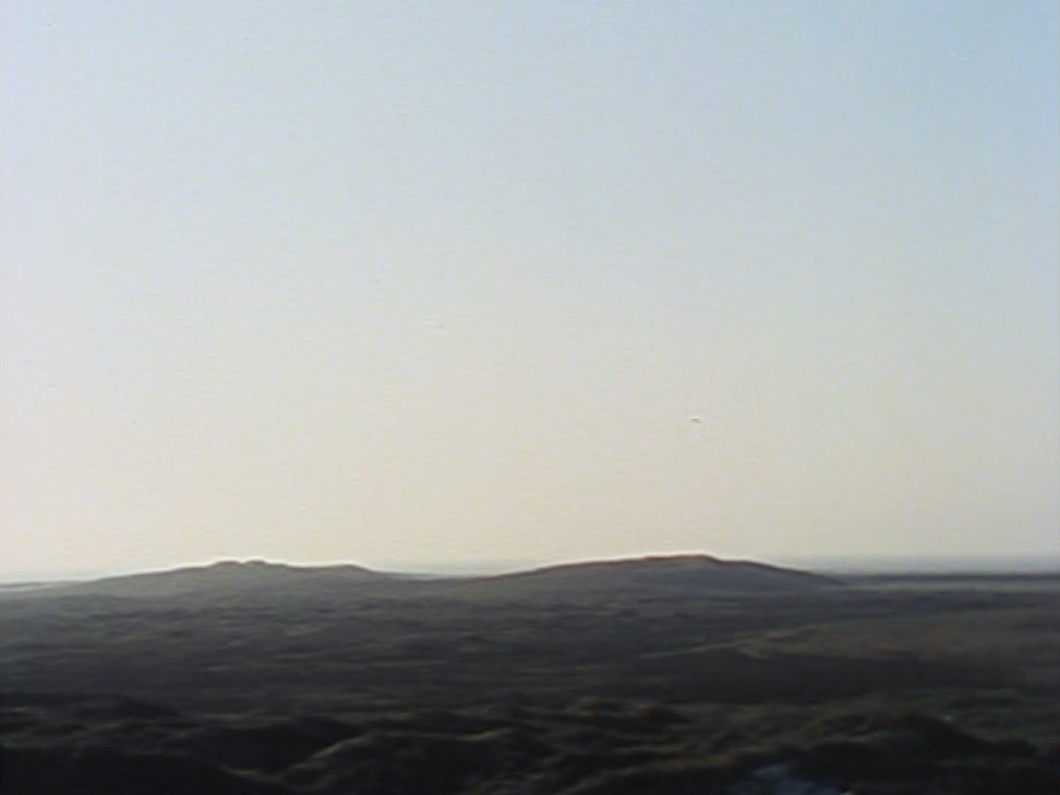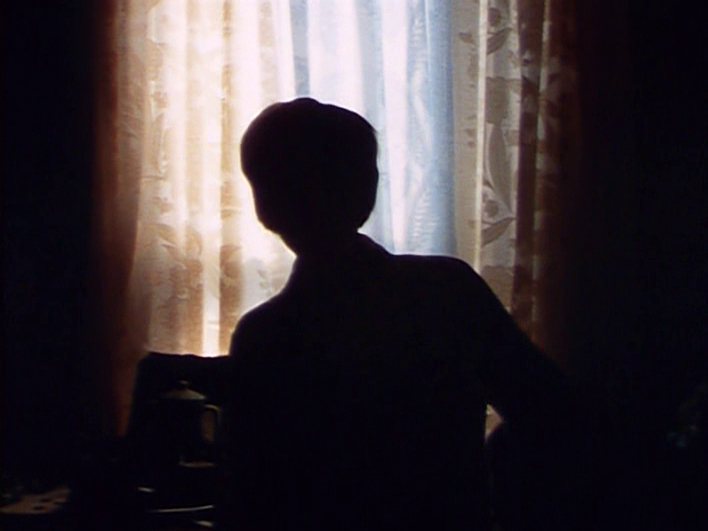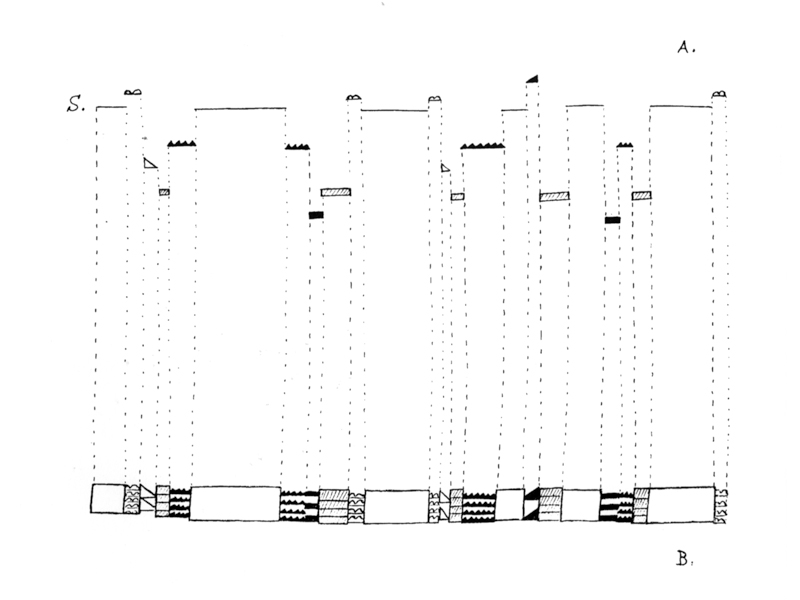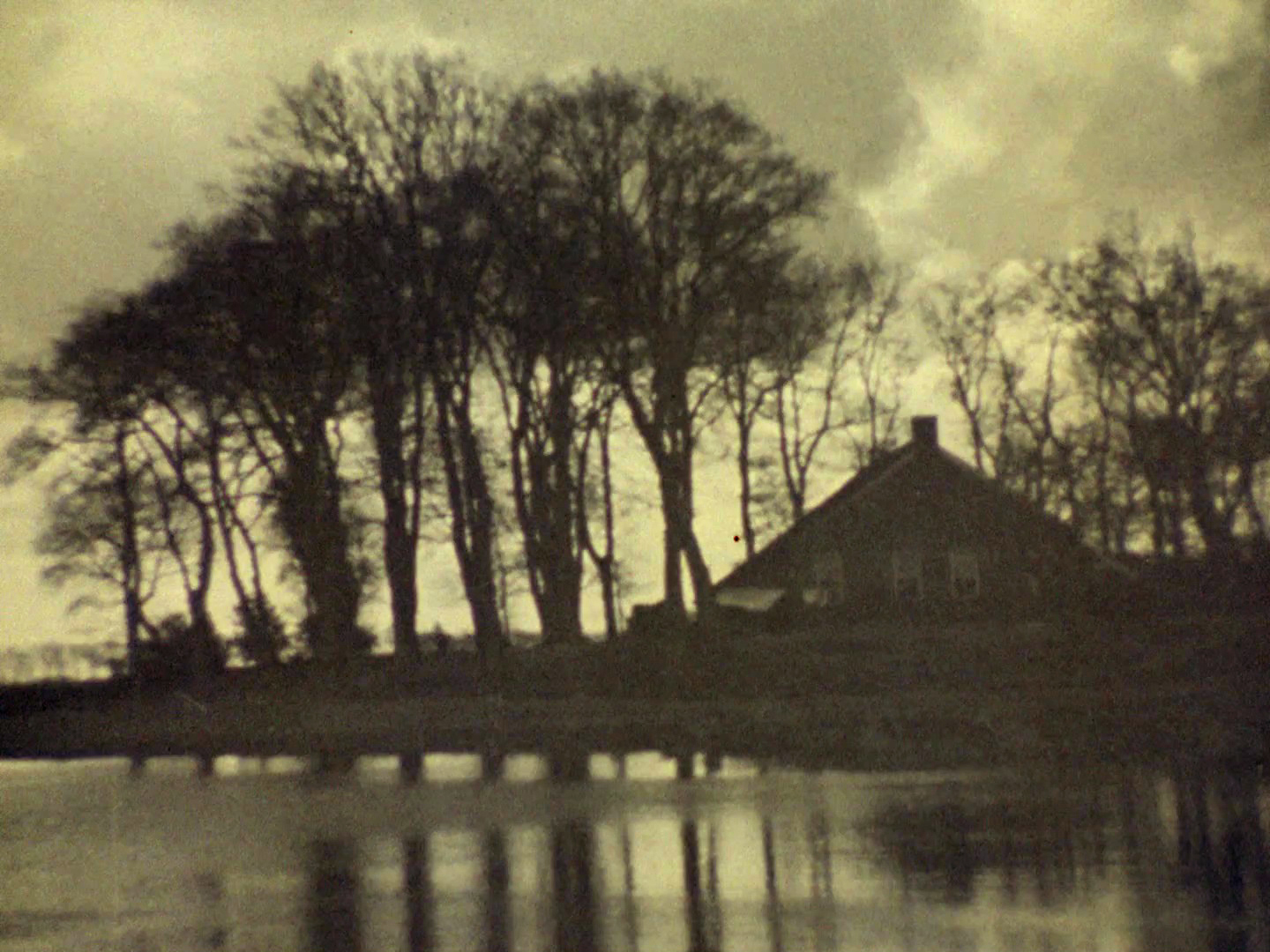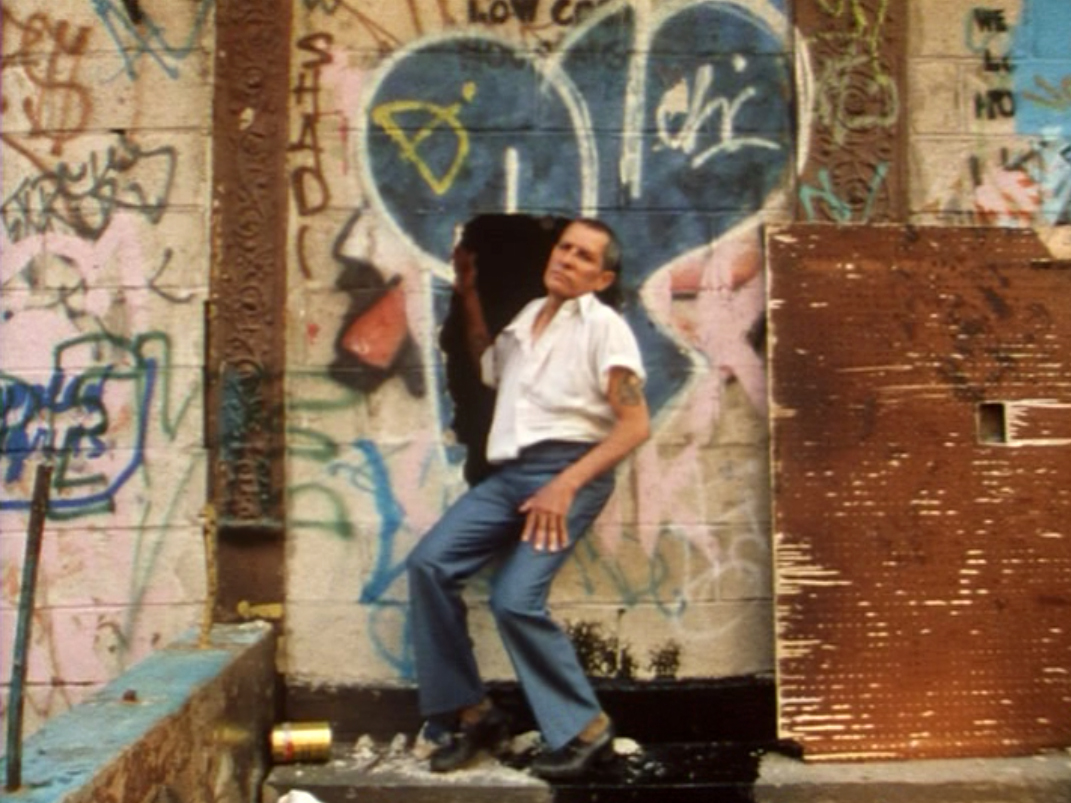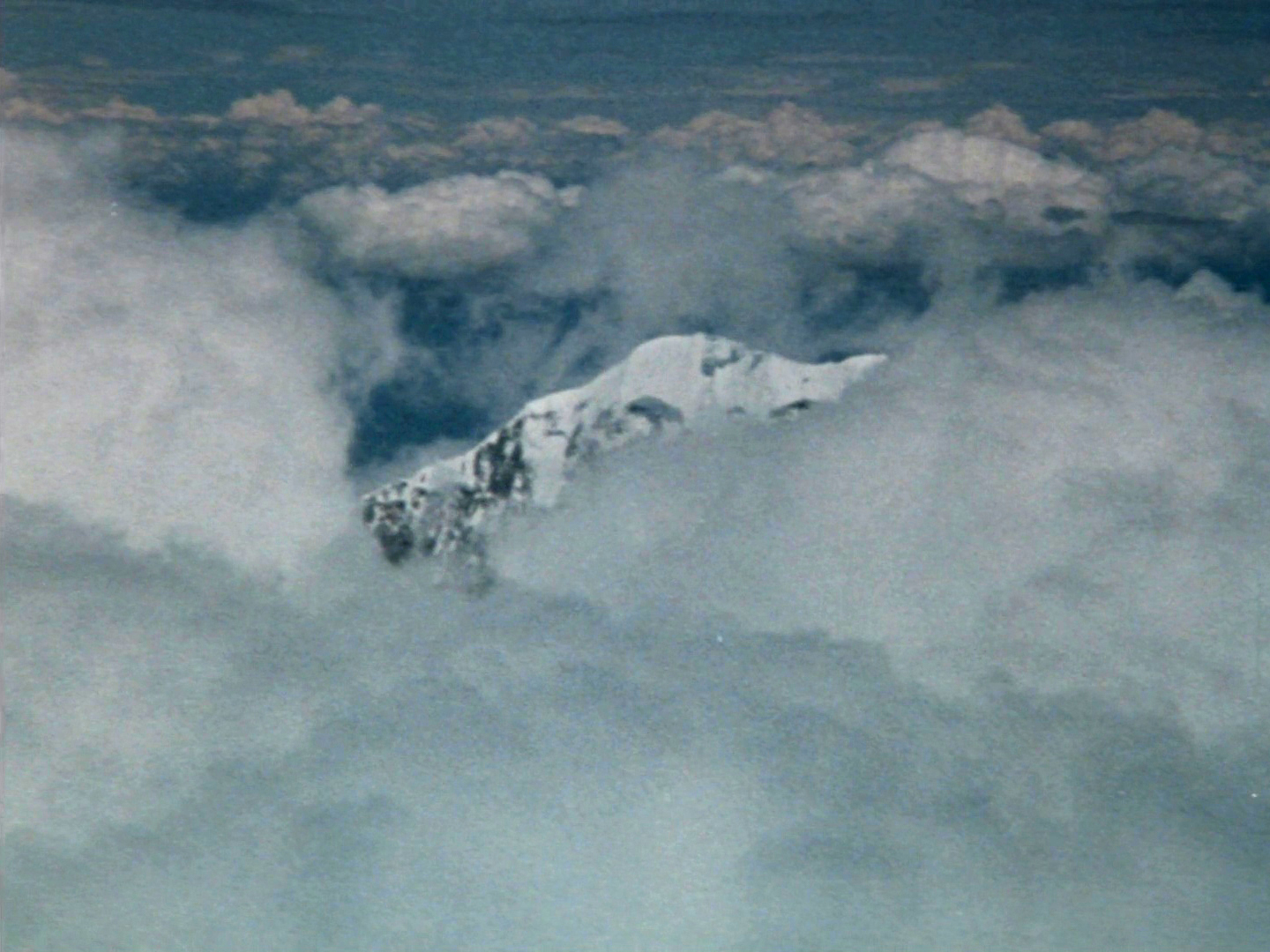Between Head and Hands
The Texts of Johan van der Keuken
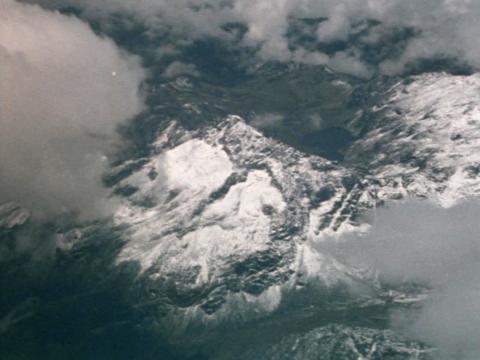
Introduction to ‘Between Head and Hands’
For Jan Dop
Johan van der Keuken (1938-2001) was a Dutch filmmaker, photographer, and author. At the age of seventeen, he already made a name for himself with Wij zijn 17 (1955), a photo book of portraits of peers. A year later, he entered the Paris film school IDHEC, where he discovered a growing passion for filmmaking. As a filmmaker, he broke through with experimental documentaries such as Blind kind (1964) and the North-South trilogy (Dagboek, Het witte kasteel, en De nieuwe ijstijd, 1972-1974) in which he depicted increasing global inequality. He made more than fifty films.
Van der Keuken’s cinema lives off the tension between ethics and aesthetics, between a radical commitment to the world and a distinct attention to form. The filmmaker stands radically in the world, looking through their lens, framing reality. A documentary filmmaker though, Van der Keuken said, can never pretend to represent reality. “For me, the material side of film comes first: a beam of light on a screen. And what is transmitted in that bombardment of light on a screen is always fiction.”1 Influenced by painting, he always calls attention to the matter of the medium itself through the conscious use of light, colour, and texture and a rhythmic, musical montage.
Van der Keuken was also a gifted writer on cinema, an activity through which he sought to delineate his practice as a filmmaker. Every filmmaker goes through a trajectory between the idea for a film and the final work. How that distance is covered, how to cross from that first stage – the “inner image,” as he called it – to the finished film, is different for each filmmaker. Writing played an essential role for Van der Keuken in this: “For myself, writing was necessary at times, because something lived inside of me, floated before my eyes, that I wanted to grasp. With hermetic formulas or intuitive stammering, speculative ebullitions or harsh prescriptions for the world.”2
Early in his career, writing was a way to anticipate his films, to explore ideas that may not yet have fully manifested themselves in his work. “I suspected film for some time to be a thing in which time and space have fused and solidified, before I could really make that thing. In the meantime, I needed words to make the connection between my head and my hands.”3
In 1980, Zien kijken filmen, a first book with texts by Van der Keuken, appeared. Later, in 2001, an even more comprehensive edition followed: Bewogen beelden. Unfortunately, these books, and the texts contained in them, are hard to find today, and you often have to go to specialized second-hand stores for a copy. Hopefully this collection of texts by Johan van der Keuken offers a chance to (re)discover him not only as a filmmaker but also as one of the most original writers on cinema.4
Gerard-Jan Claes, Nina de Vroome, and Tillo Huygelen
- 1Serge Daney and Jean-Paul Fargier, “Een interview met Johan van der Keuken in de Cahiers du Cinéma,” translated by Johan van der Keuken and published in Zien, kijken, filmen (1980). Originally appeared in Cahiers du Cinéma 289 (1978).
- 2Johan van der Keuken, “Je wilt dat het altijd zo blijft”, in Zien, kijken, filmen (1980).
- 3Van der Keuken, “Je wilt dat het altijd zo blijft”.
- 4This Issue is published on the occasion of the Johan van der Keuken retrospective ‘Seeing Looking Filming’, a collaboration between Sabzian and CINEMATEK (Brussels), taking place from October 2024 to February 2025 at CINEMATEK.
With the support of ANV and Commission for contemporary art / KULEUVEN


